A complete collection of gladiolus cultivation methods and precautions
Last Update :2024.05.23
Article Catalog
3. Problem diagnosis and treatment
Temperature: The most suitable range is between 20 and 25 degrees, and protection from cold in winter is required. Light: Place it in a place with sufficient light, otherwise it will affect the growth. Watering: Keep the soil moist but not waterlogged. Soil: Fertile, well-drained and breathable. Reproduction: Propagation by dividing balls. Repot: Repot once every one to two years.
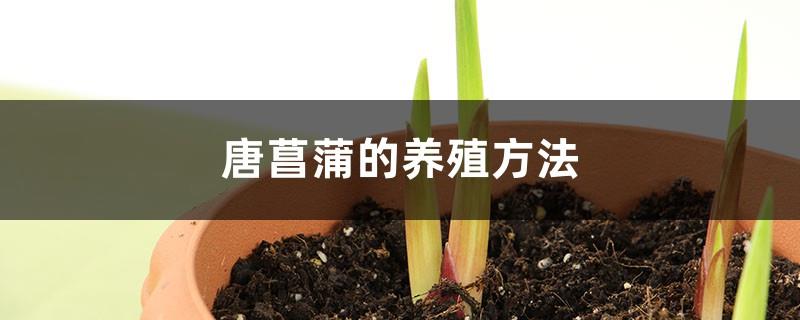
1. Maintenance methods
1. Maintenance methods
1. Temperature: The most suitable temperature for gladiolus is 20 to 25 degrees. Within this, it is more suitable for its flowering and growth. Because of its excellent high temperature resistance, adjustment is generally not needed in summer. However, its cold resistance is not good, so it needs to be adjusted in winter, and it is best to keep it above ten degrees.
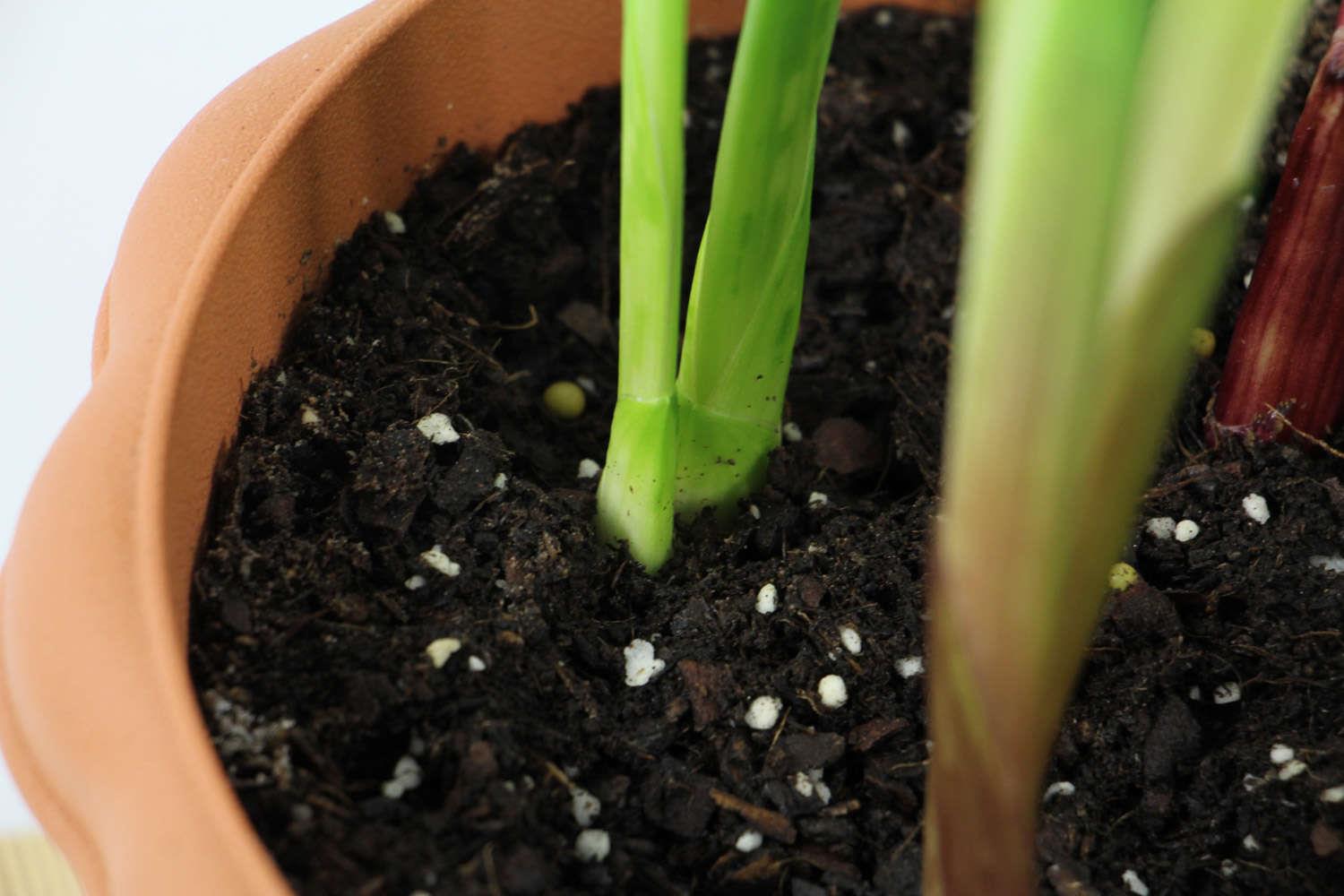
2. Light: It is a light-loving plant plant, and a long-day plant. Therefore, be sure to place it in a place with sufficient light to ensure its growth and flowering. However, when encountering strong light in summer, you need to cover it appropriately.
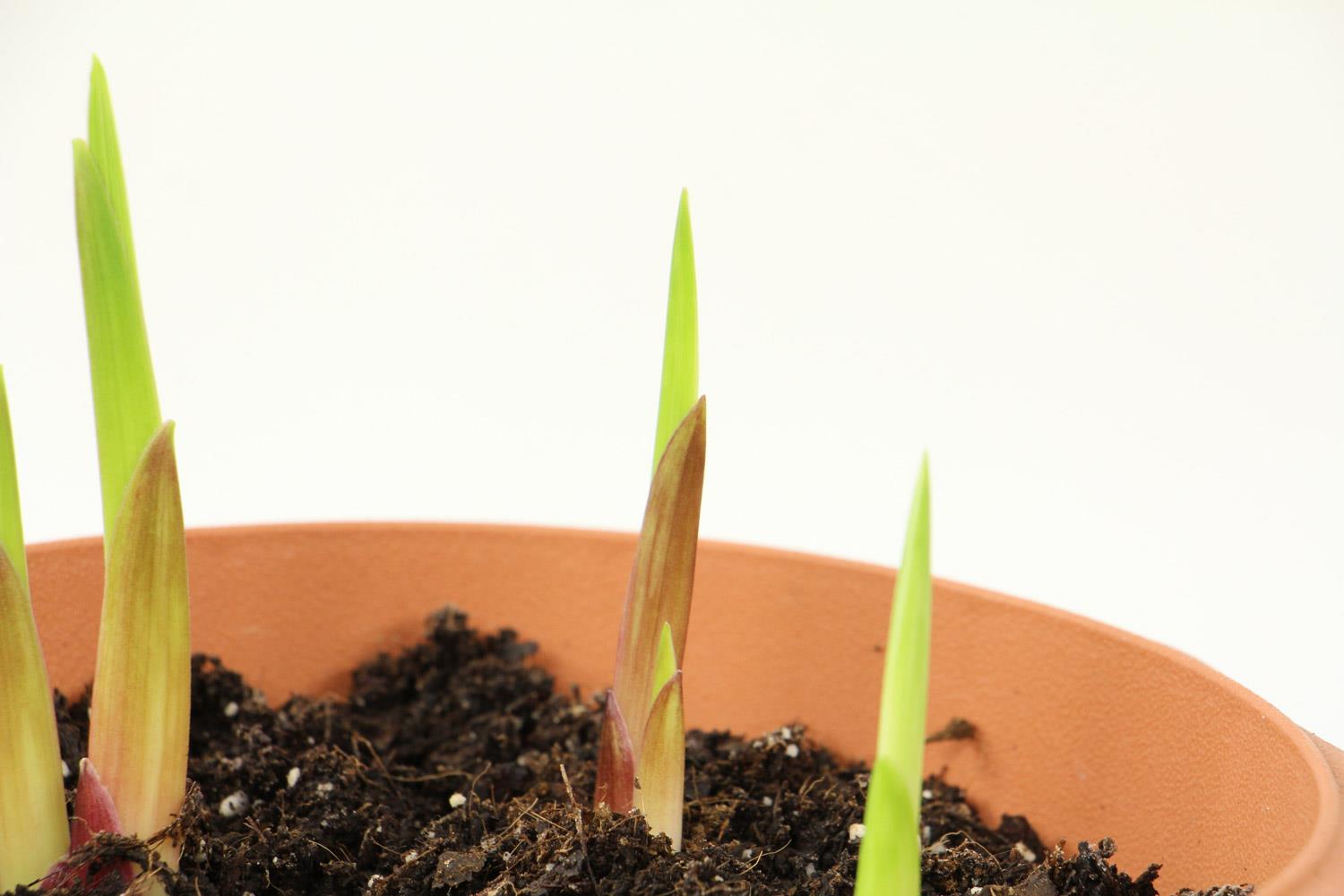
3. Watering: It is very important during the growth period. More moisture is needed. When growing rapidly, it needs to be kept slightly moist. When it's very hot in summer, you can water it once a day. In winter, the opposite is true, try to control water.
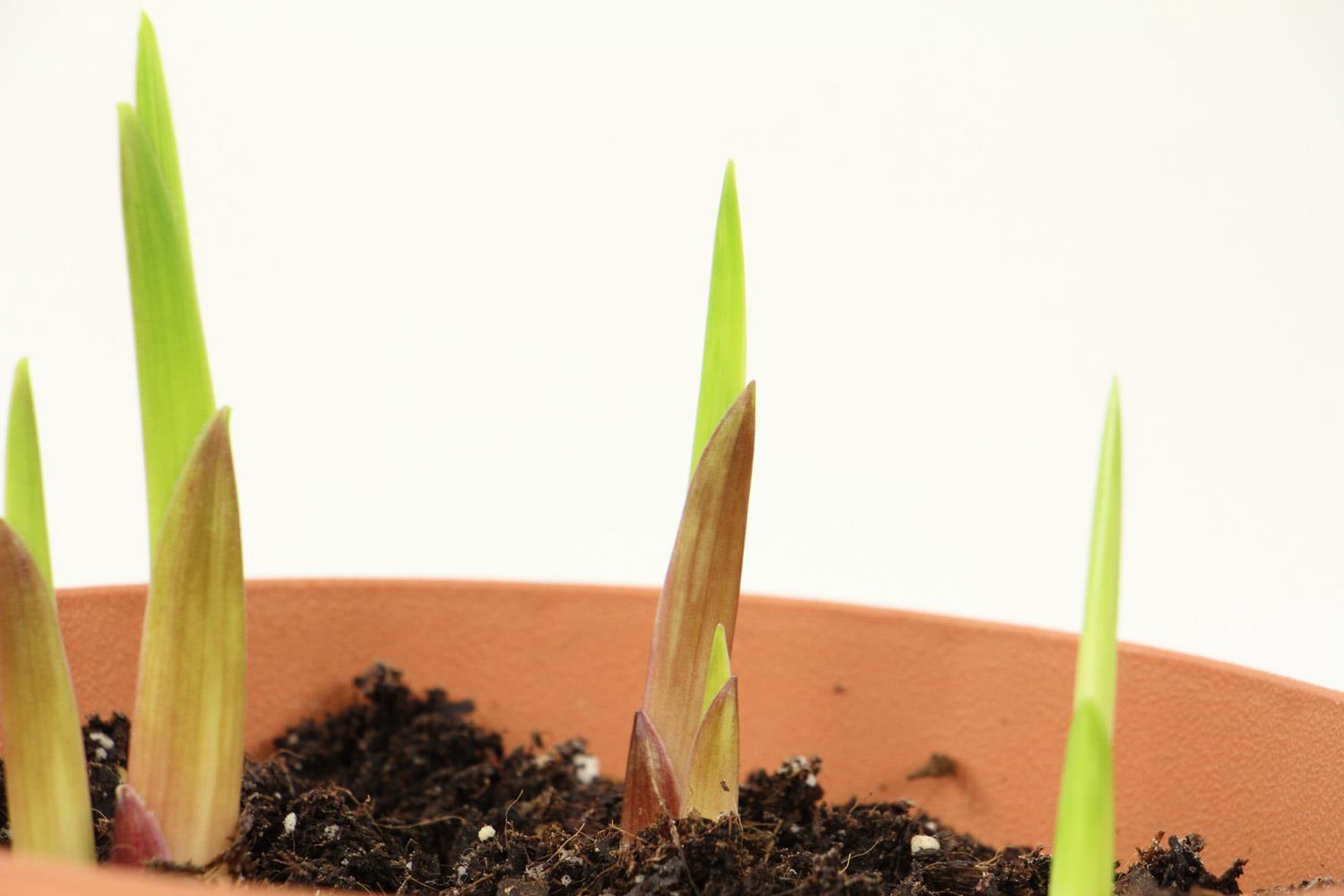
4. Soil: It has higher requirements on soil , there are requirements for nutrition, drainage and breathability. Use sandy soil for better results.
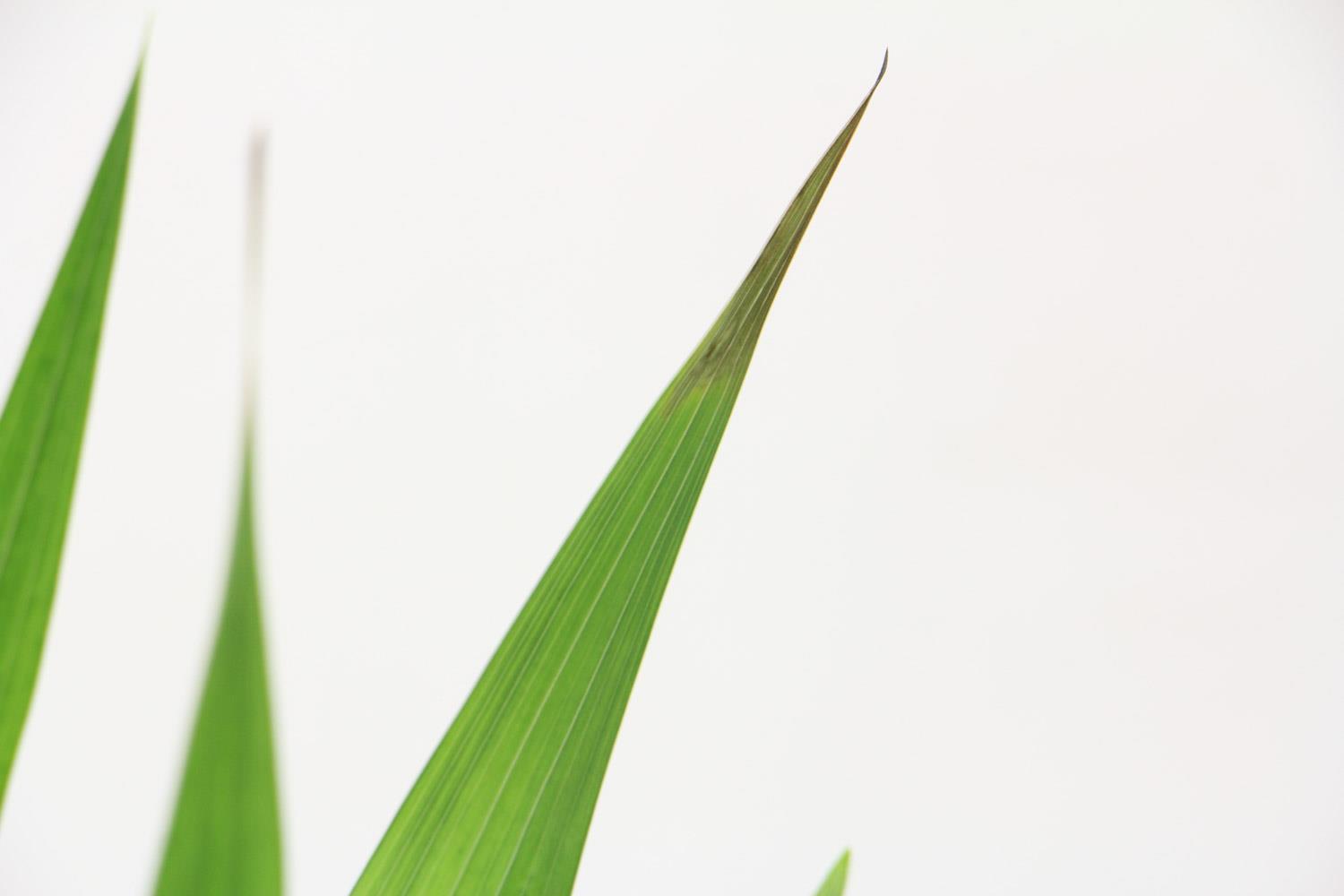
2. Breeding Tips
1. Propagation: Mainly use the method of propagation by dividing balls. Most suitable in spring. Pick a disease-free, lush bulb, then prepare a sharp knife and cut it into sections. Each part must have a place where a heel can grow. After cutting, apply some plant ash on it. They are then dried and ready for planting.
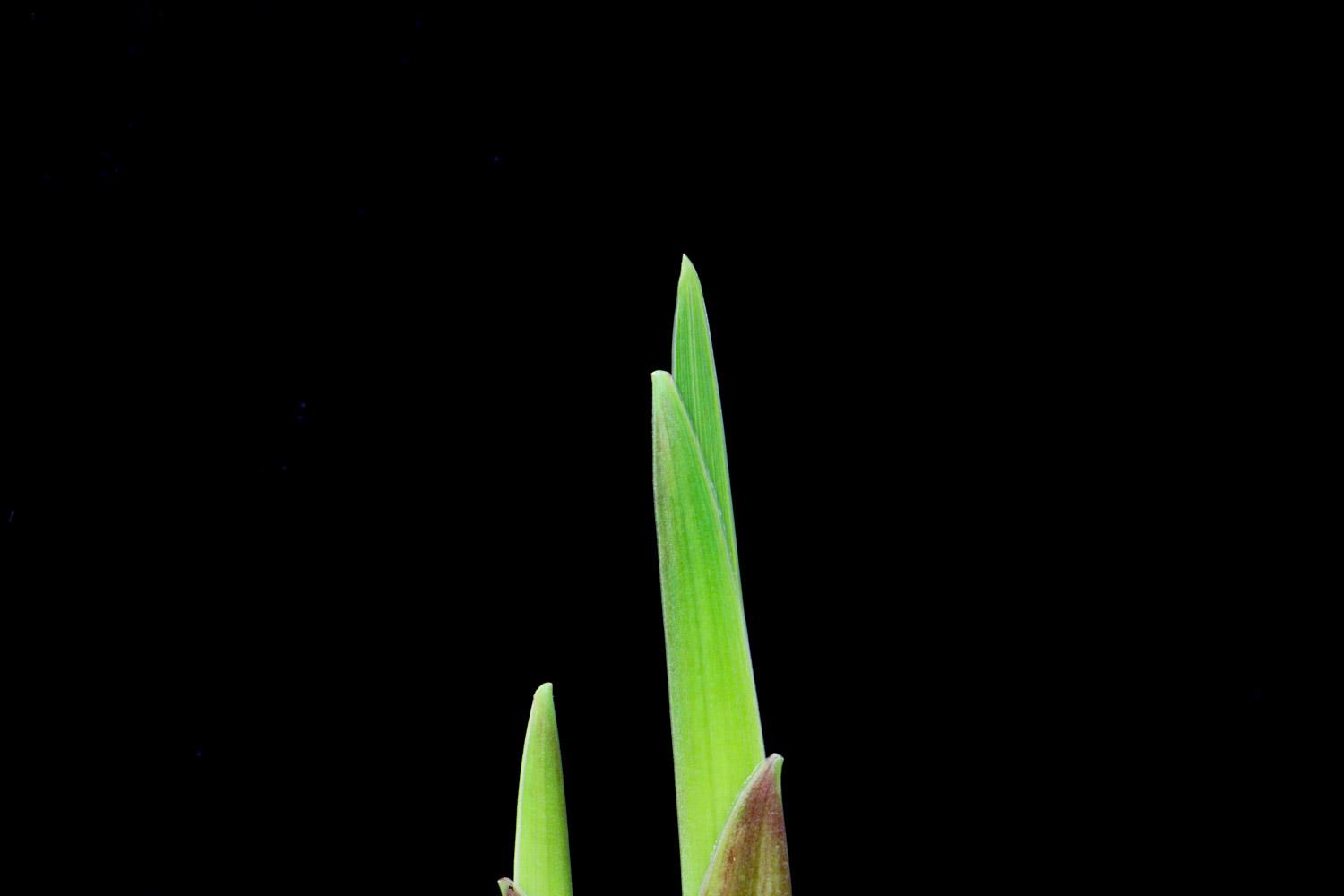
2. Repotting: Because it affects soil quality The requirements are relatively high, so it is best to change the basin once a year. If the soil is not clumping, it can be replaced every two years. Sandy soil can also be used as the new substrate. If possible, some base fertilizer can also be added.

3. Problem diagnosis and treatment
1. Disease: There may be "Penicillium rot". To prevent this disease, soak the plants in potassium permanganate solution before planting.

2. Pests: Common pests include " Nematodes", while spraying pesticides, the soil also needs to be disinfected. In addition, there is the "green beetle", whose adults and larvae are harmful, insecticides can be used, and some fertilizers should be used appropriately.

IV. Other issues
1. Flower language: It has many flower language sayings. However, overall it is positive. For example, there are "love", "longevity", "happiness", etc.

2. Can it be raised at home: Yes. It is highly ornamental and has a good meaning.

2. Breeding skills
3. Problem diagnosis and treatment
4. Other issues
- END -
The Difference Between Cornflower and Chamomile
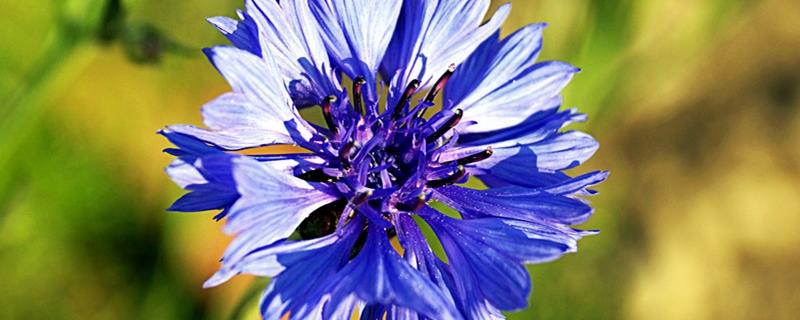
The plant types are different: cornflower plants will be taller, with a height of ...
The Difference Between Daisy and Aster

The flowers are different: daisies have smaller flowers with white outer edges and...